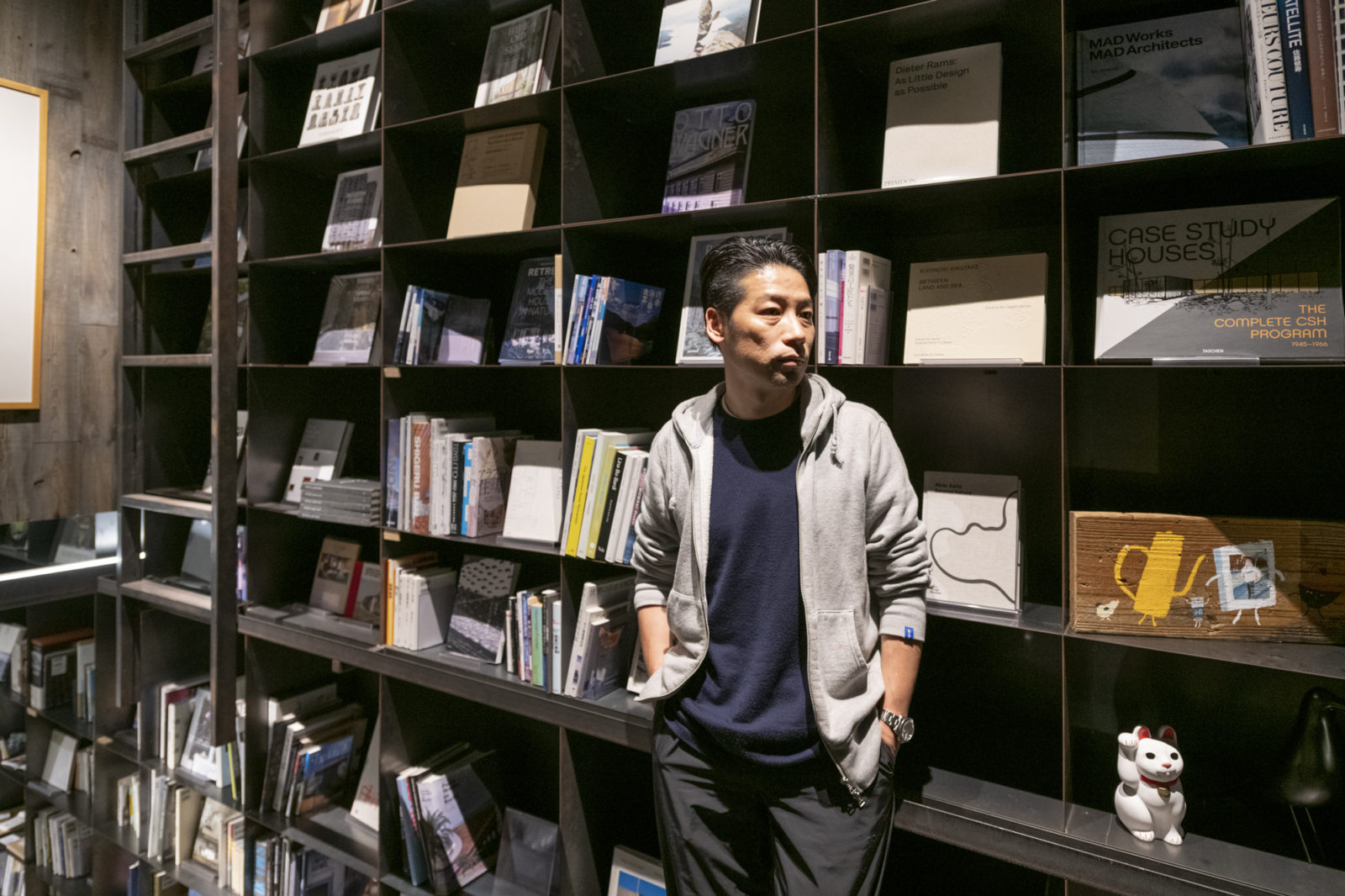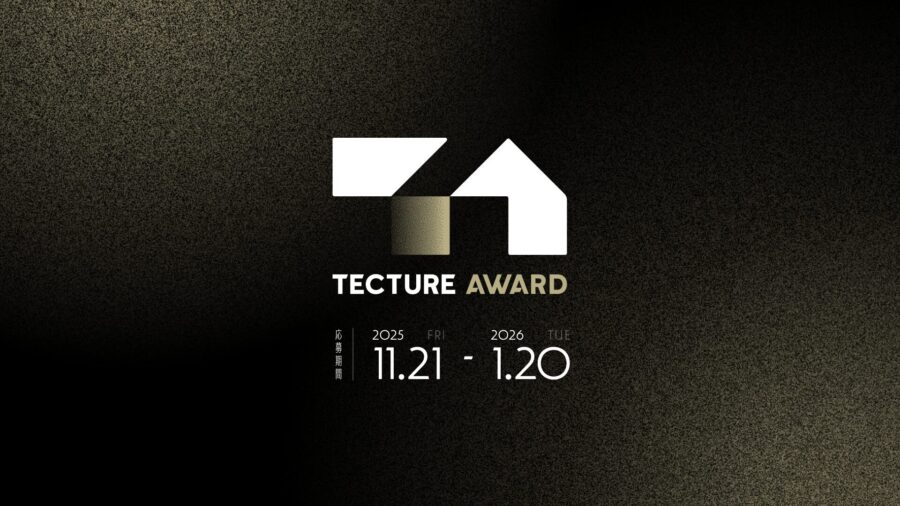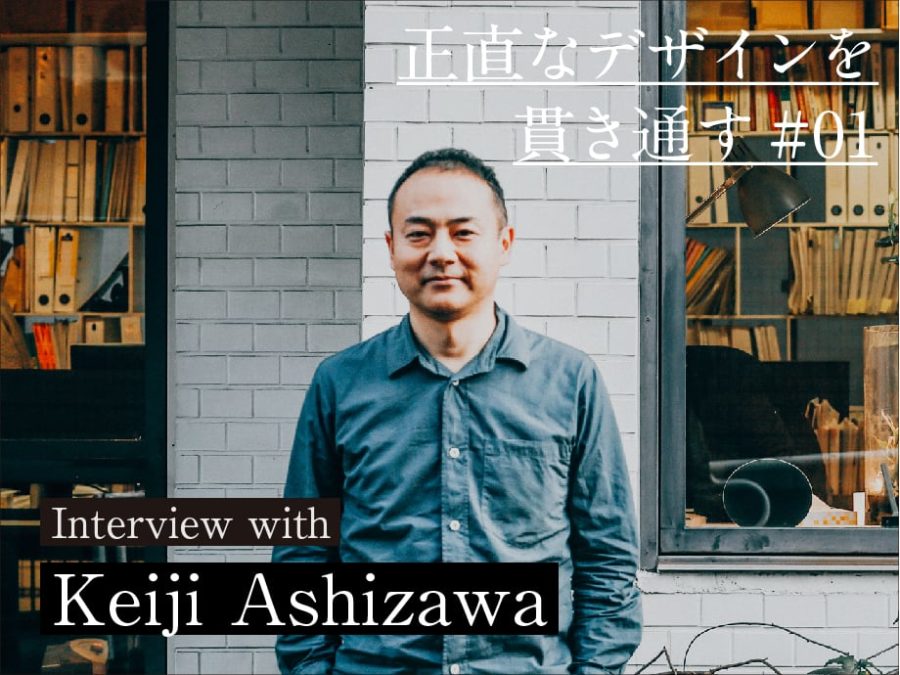■スタッフとは事務所の外でコミュニケーション
今スタッフの数は広島と東京の事務所を合わせて45人ほどで、広島と東京でだいたい半々に分かれています。
社内の定例はなく、僕と吉田の下にチームリーダーが6人いて、プロジェクトごとに進めている。
僕と吉田との役割分担は、特にないですね。担当もバッチリ分かれているわけではなくて。設計自体はすべて2人でみています。
スタッフとのメールのやり取りを共有して状況は把握しているので、気になったことはそのつどお互いに確認していて。見守りながらという感じですね。
別々のことといえば、僕はTHINKというトークイベントを開催しています。
飲食の分野を運営までしっかりとみるのは吉田のほうができるので、お皿を選ぶなどVMD的なところまでケアしています。
スタッフとのコミュニケーションは、〈社食堂〉で一緒に食事をしたり、夜に飲みに出かけることですかね。あとは、サウナやキャンプに一緒に行ったりもしますよ。
事務所内のミーティングだと、スタッフが担当しているプロジェクトのことしか話さないでしょう。それ以外の時間のほうが「これからこんなことをやりたいよね」とか、プライベートのことをお互いに話し合うことができるんです。
■How to communicate and share with staff
The number of staff is now around 40 in the Hiroshima and Tokyo offices and is roughly divided in half. There are no internal rules, and there are six team leaders under me and Yoshida, who are working on a project-by-project basis. There is no particular division of roles between Yoshida and me, and the design itself is all seen by two people. We share the email exchange with the staff and understand the situation, so we check with each other what we care about.
I hold a talk event called THINK, but Yoshida can take a good look in the field of food and drink, so I take care of things like VMD like selecting dishes. They are separate.
Communication with the staff is to eat together at the company cafeteria or go out drinking at night. Later. We go to the saunas and camps together. When it’s a meeting in the office, you only talk about the project that the staff is in charge of. At other times, we can talk to each other about private things, such as “I want to do something like this.”
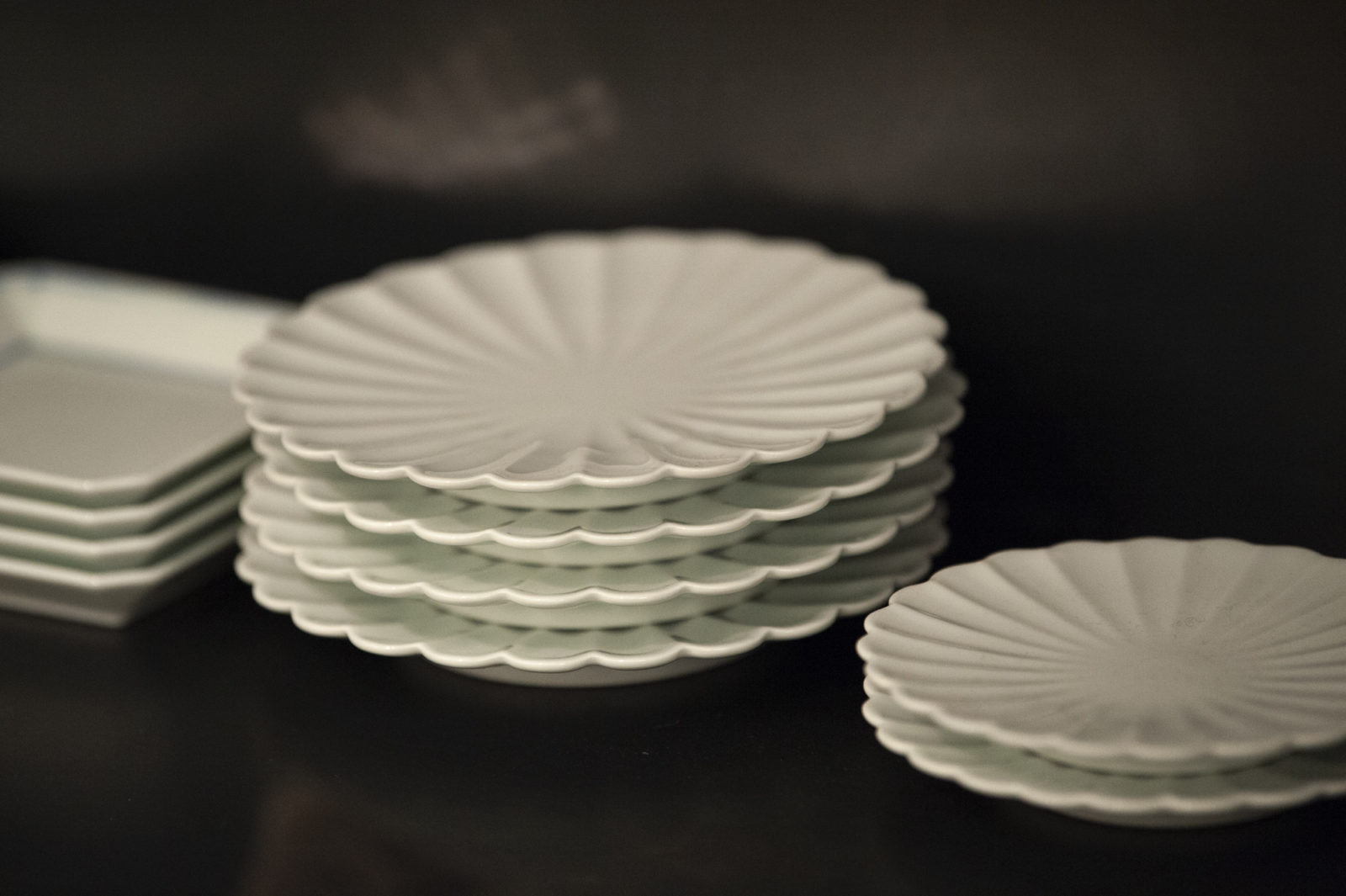
■相反するキーワードから発想する
プロジェクトの担当者とは、「このプロジェクトでは何を目指すのか」について、タイトルを付けてキャッチコピーを考えます。
ビジュアル先行というよりは、言葉を大切にする。
形を先に決めると、広がりがないように感じていて。「閉ざされた開放感が大事だよね」と口にすると、「周辺環境に開けないけど、なぜか圧倒的な開放感が生まれることってある。それはどんな状態なんだろう?」といった会話が生まれることを重視しています。
「中のような外」というような、矛盾をはらむ言葉は大切にしています。「懐かしい未来」もそうですね。古い要素のなかに、あえて先進的で現代的なデザインを落とし込み、ハイ・コントラストな状態をつくるとか。
「新しい」「懐かしい」と感じられる形やディテール、色や素材は何だろう。「大きい」「暗い」などと感じる決定的な要素は何だろう。
人の思考に埋め込まれているそうした状態を、「こちらから見ると未来に見える」「こちらから見ると懐かしい」などと考えます。
そうして、「こちら側を立たせながらプロジェクトを提案する」というように話し合うことがあります。
「よい違和感」というのもずっと言っていることで。サカナクションの山口一郎さんと何年か前に対談したとき、「よい違和感」をお互いに大事にしていて、そこで仲良くなったのです。
マイノリティとマジョリティを行き来している感覚とか、彼もそういうことを思っていて。「マイノリティとマジョリティを分けるのではなくて、その線の上に僕は立っている」と一郎さんが言っていたのですよね。
マイノリティとマジョリティの両方を理解しながら音楽活動をしたいと。それは僕も建築において、すごく共感するところです。
■Think from conflicting keywords
The person in charge of the project thinks of a catchphrase with a title about “What is the purpose of this project?” We value words rather than visual precedence. When I decided the shape first, I felt that there was no spread. If you say, “It’s important to have a sense of openness that’s closed,” it says that conversations such as “What kind of state can’t be opened in the surrounding environment, but why an overwhelming openness is created for some reason?” I value it.
I value contradictory words such as “good discomfort” and “outside like inside.” The same goes for “a nostalgic future.” The intention is to create a high-contrast state by dropping advanced, modern designs into old elements. What are the shapes, details, colors, and materials that make you feel “new” or “nostalgic”? What are the decisive factors that make you feel “big” or “dark”? We think of such a state embedded in human thinking as “looking here from the future,” “looking nostalgic from here.” That’s when we talk about “proposing a project while standing on this side.”
I’ve been saying “good discomfort” for a long time. When I had a conversation with Ichiro Yamaguchi of Sacanaction several years ago, we both cherished a good sense of discomfort, and we became good friends there.
The feeling of going back and forth between the minority and the majority, and he was thinking of those things too. Ichiro-san was saying, “I’m not separating the minority from the majority, I’m standing on that line.”
He wants to make music with an understanding of both minorities and majorities. That’s something I can really relate to in architecture.
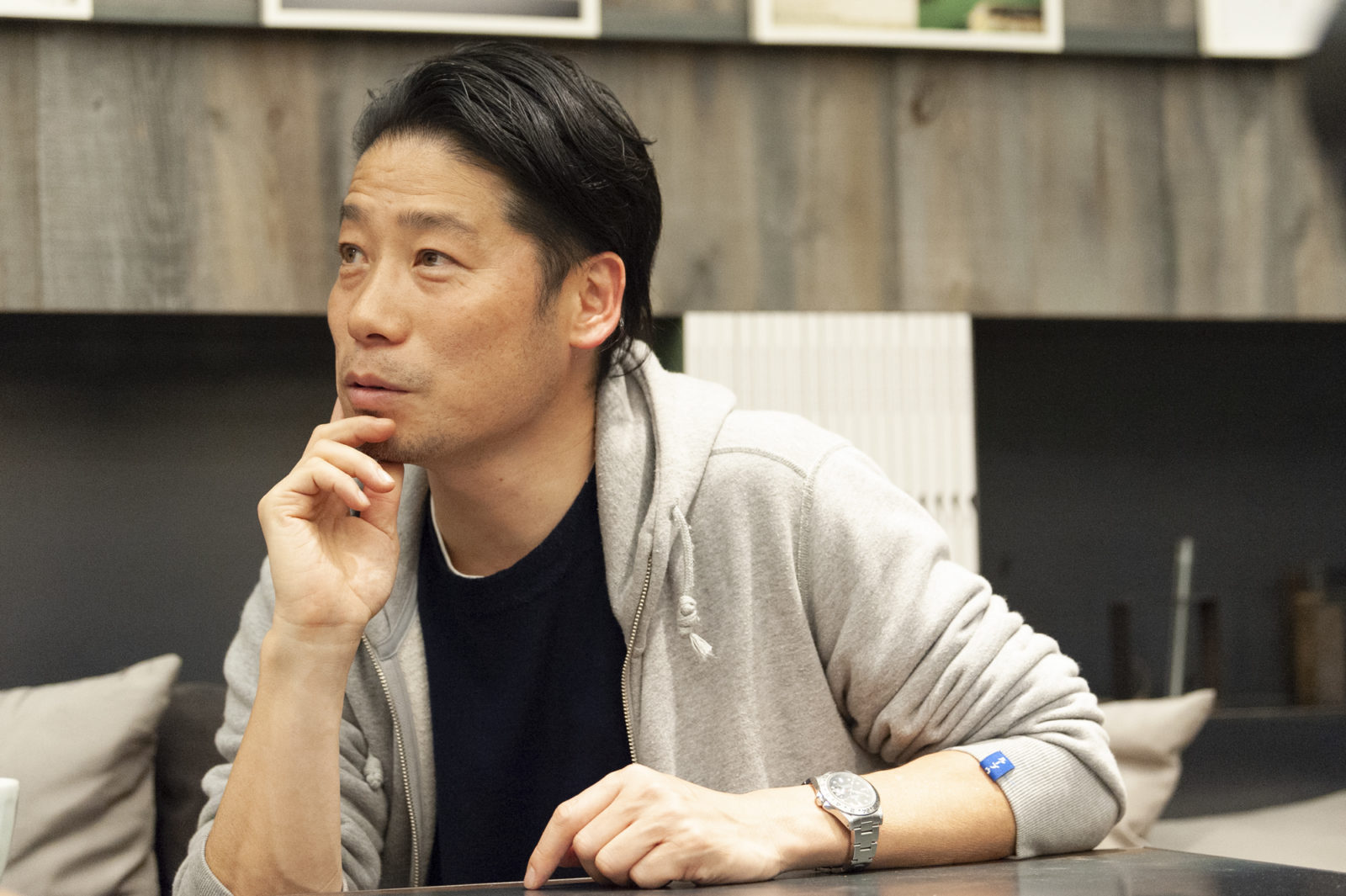
■多様な拠点をつくりたい
海外の案件は、そんなたくさんではないですけれどあります。これからもっと増やしていきたいですし、可能ならできるだけ多拠点の事務所にしたいと思います。
CG制作スタッフの1人は、これからフィリピンのセブ島に住むというので、1つのトライとしてセブ事務所もいいかなと。
それはダメだよといって辞めてしまうよりは、そういうこともトライしてやれるような状況をつくりたいと思います。旅をしながら仕事をします、ということも将来は可能になるかもしれないわけで。
どこでも働ける状況をつくっていくことで、会社の価値になる可能性もあると思うんです。
広島では、サポーズデザインオフィスの事務所が入るホテルを計画していて、もうすぐ着工に入ります。食事ができる場所と、ライブもできるギャラリーのようなスペースがメイン。
3室のホテルのうち1室を、事務所でありながら泊まれる場所にします。ホテルでミーティングをしてもいいですし、ゲストが来れば泊まってもらってもいいですし。
あとは地下にスナック、ルーフトップにサウナ。遊び場をつくりたいんです。
〈HOTEL TOMALT(トマルト)〉という名前で、「泊まると音楽」とか「泊まるとファッション」「泊まるとアート」「泊まると建築」など、カルチャーと混ざり合うような場づくりをしたいということです。
ほかにもいろいろと仕事をやらせてもらって、どれもとても面白いです。
個人的には、ホテルの仕事はやはり面白いですけどね。眠る、食べる、入浴するって、住宅と一緒なのに、なぜかホテルのほうが楽しく快適性を感じるわけですよね。
それって住宅を設計することにとっても、よい影響をもらえるというか。同時に、住宅の快適性とホテルの快適性の共通項を見つけるのは勉強になるし、楽しいですよね。
どこの国に行っても、ホテルに泊まることが楽しみになるので。まさに自分の遊びと仕事が連鎖する。
仕事と遊びの線引きは曖昧で、いつも本気で遊びながら「どうしたら、もっとよくなるのだろう」と考えていますね。
(了)
■I want to make various bases
There are a few overseas projects, and I would like to increase it in the future. If possible, I would like to have an office with multiple bases. One of the CG staff will live on Cebu Island in the Philippines, so I wonder if the Cebu office is a good try. I think that there is a possibility that it will be worth the company by creating a situation where you can work there.
In Hiroshima, we plan to build a hotel in which the office of the Suppose Design Office will be located, and construction will start soon. Mainly places where you can eat and a gallery-like space where you can also live. Make one of the three rooms, a place where you can stay in the office. I also want to create a playground with snacks in the basement and a sauna on the rooftop. I named it , but I want to create a place that mixes with culture, such as “Music when you stay,” “Fashion when you stay,” “Art when you stay,” and “Architecture when you stay.” Thinking about.
Hotel work is still interesting. Sleeping, eating, and bathing are the same as living, but for some reason, hotels feel more enjoyable and comfortable. Thinking about why it has a positive impact on designing a house. At the same time, finding common ground in the comfort of housing and the comfort of hotels is a study, and I look forward to staying in a hotel wherever I go. The line between work and play is ambiguous, and I always play seriously and think, “How can I get better?”
